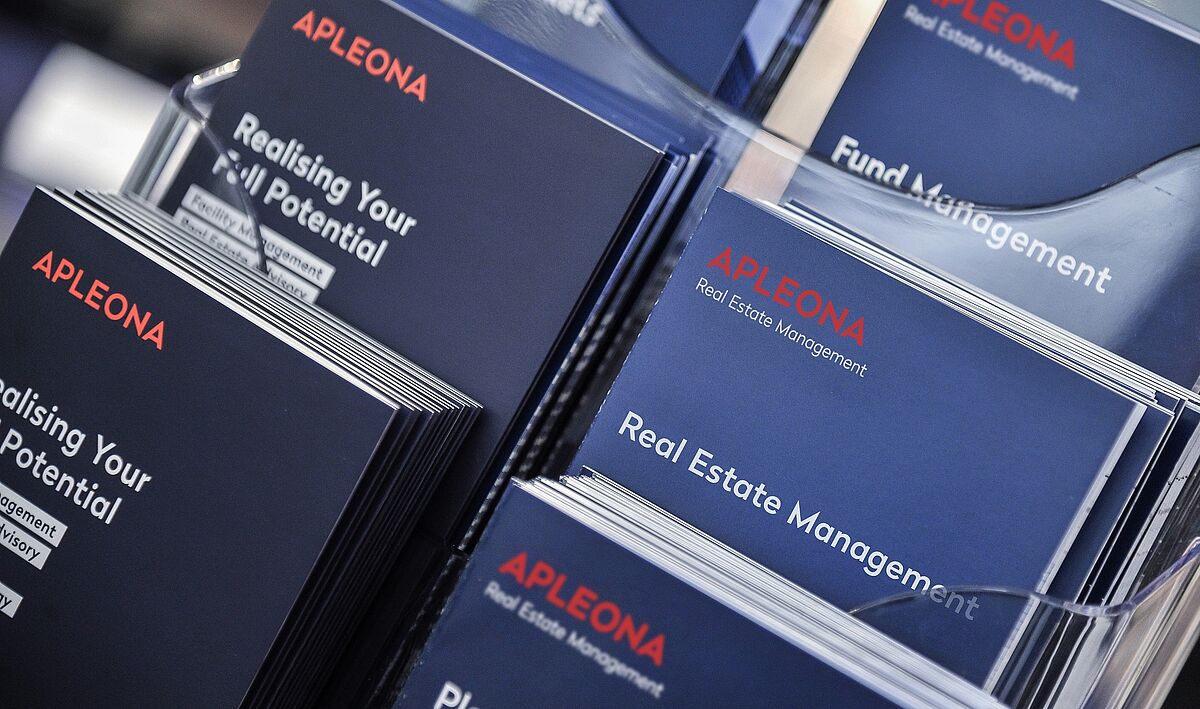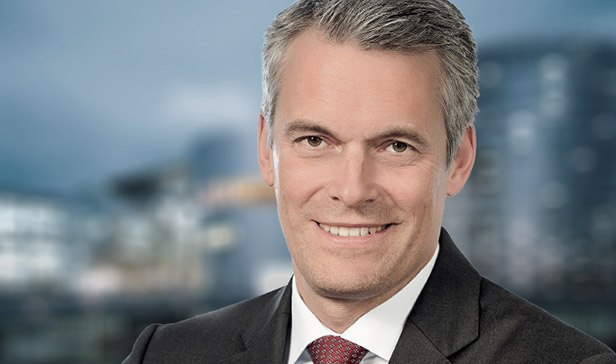Germany is to become climate-neutral by 2045. The existing building stock plays a decisive role in this. At Expo Real, immobilienmanager brings together experts in a panel discussion entitled "How can the challenges of climate protection in existing buildings be mastered? In the run-up to the event, Markus Gerharz, program manager of Immobilien Manager Verlag, spoke with Dr. Jochen Keysberg FRICS, CEO of Apleona, about how climate targets can be achieved in the building stock.
How important are carbon-neutral buildings in the context of general climate targets?
Buildings account for 40% of energy consumption in the EU. This shows how important a carbon-neutral building stock is for the achievement of general climate targets. The challenge is the timeline: The German government wants full carbon-neutrality to be achieved by 2045, and 65% of the target is to be attained as soon as 2030, compared with figures from 1990.
If you know that 75% of EU buildings are still operated at low energy efficiency and 50% of properties are more than 50 years old, it is clear that this is a gigantic task for the real estate industry.
Do you see chances to achieve these ambitious targets?
First of all, it is imperative to make quick and easy improvements to the carbon footprint of the building stock, which has a relatively high average age.
Particularly in energy management, i.e. the traditional disciples of hard services, heating, cooling and ventilation, we see considerable opportunities to quickly generate positive effects with relatively small investments for climate protection.
When acquiring portfolios, for example, we often see that buildings’ heating and cooling systems are running at the same time, or that the current use no longer has anything to do with what was originally intended or the correct technical parameters when the building first went into operation.
What do you believe to be facility management’s role for the “carbon-neutral building stock” target?
As FM service providers, we play a vital role in energy efficiency and CO2 reduction, as we are on hand with the necessary personnel and know-how and are already familiar with the buildings, the systems and sometimes the respective consumption. We are therefore predestined to identify, develop and implement optimizations.
Moreover, energy optimization is never complete, but always depends on the actual usage of the buildings. Facility management will therefore permanently and authoritatively guide the ongoing cycle comprising the monitoring of real energy consumption, the development of strategies and measures, and their implementation in the building stock.
So how specifically can energy efficiency and CO2 reduction be quickly and substantially stepped up in the building stock?
A change in user behavior would be fastest to make a significant impact. In most older buildings, users can achieve considerable savings merely by avoiding unnecessary energy consumption, for example by turning off and turning down radiators at weekends and in the evenings. In the future, we will support this if our customers wish with a relevant function in our user convenience app, which provides reminders of such responsible behavior, makes the savings transparent for users and thus motivates them to continue acting in an environmentally responsible way – similar solutions are already familiar for fuel consumption in cars, for example, which show drivers how many additional kilometers they can travel by driving in a consumption-aware manner.
At the same time, we are starting with the optimization of existing HVAC technology that I previously mentioned. It is important first to ascertain consumption in different parts of the building, i.e. to collect data in a structured way. We do this, for example, with our internally developed product enerlutec, which enables a decentralized, digital overview and analysis of all consumption data. This data is the basis for identifying irregular operating conditions and actual consumption and controlling HVAC technology in a more intelligent and resource-friendly way.
With these two measures alone, we quickly achieve notable savings and thus win some time to develop a long-term strategy together with our customers.
In this context, what role do digital solutions play in the achievement of climate targets?
A crucial one. Ideally, we rely on the intelligent and preferably fully automated control of HVAC systems in conjunction with sensors that regularly measure actual usage, environmental and consumption data. At the heart of this is Recogizer software, which is based on artificial, self-learning intelligence and predictively optimizes all this data for the best possible optimization of future energy use. Within twelve months, we thus achieve energy and CO2 savings of up to 30% without having to make notable investments.
Which instruments and incentives can lead to a more energy efficient building?
Rising costs for energy and for CO2 emissions, driven among other things by constantly tightening legal requirements, provide economic incentives that will inevitably result in change. The overall context of ESG requirements in non-financial reporting obligations is now also a driver for investors and industrial companies to take a closer look at their building stock, its optimized use and efficient operation. In this context, we are seeing greater demand for integrated FM services and more outsourcing of real estate-related services, especially among industrial customers. Last but not least, more and more users are placing great value on high environmental standards in the buildings they use.
How can the investor/user dilemma in the building sector be resolved?
As an FM service provider, our first step is to generate notable effects relatively quickly at comparatively low effort and cost, which will quickly pay for themselves anyway. In a long-term strategy with much higher investment requirements, all stakeholders must then be involved. For decisions about such long-term portfolio strategies and corresponding capex measures, Apleona as an integrated facility manager already plays an advising and moderating role for many major customers, which extends to taking responsibility for agreed economic targets such as cost savings. In the case of larger portfolios, therefore, it is quite possible to reinvest these freed-up resources in climate-efficient building operation.



